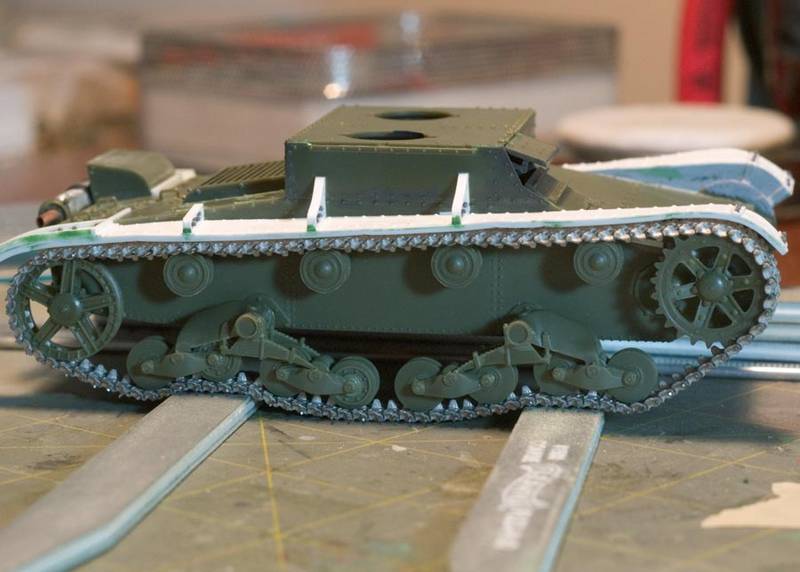
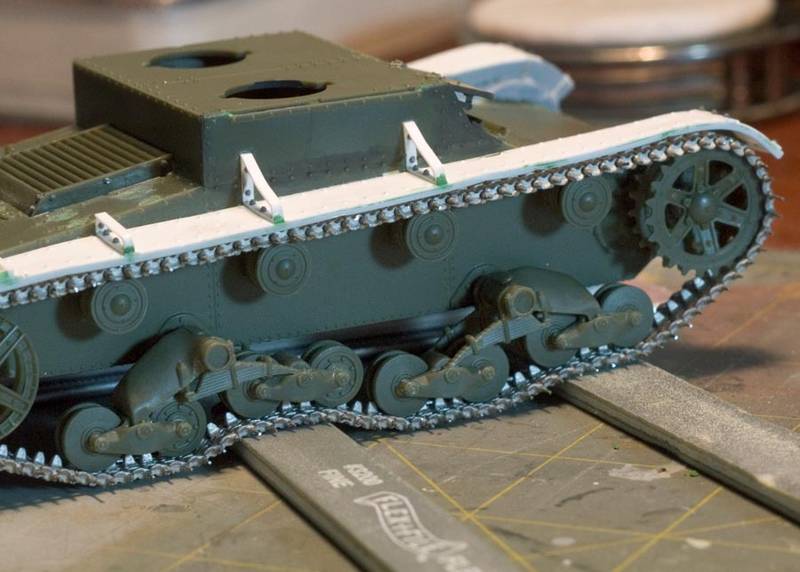
This detail pic is a tighter crop of the photo above.








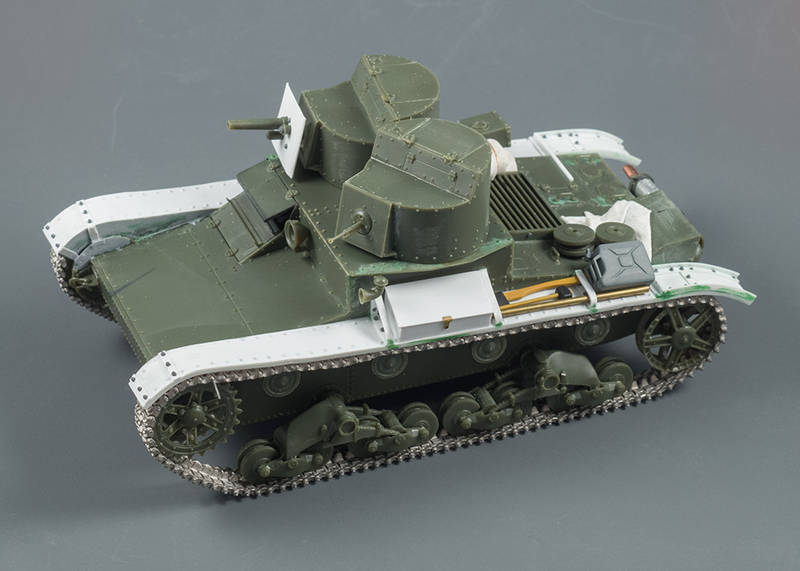
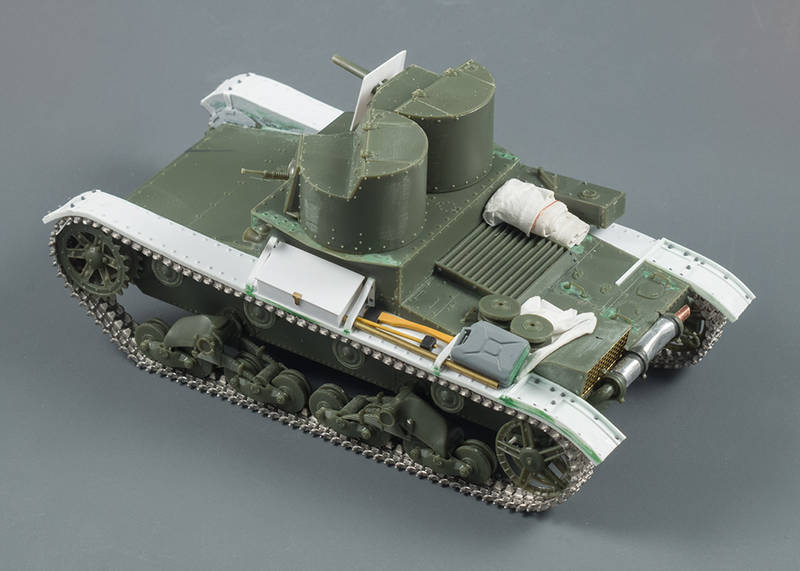

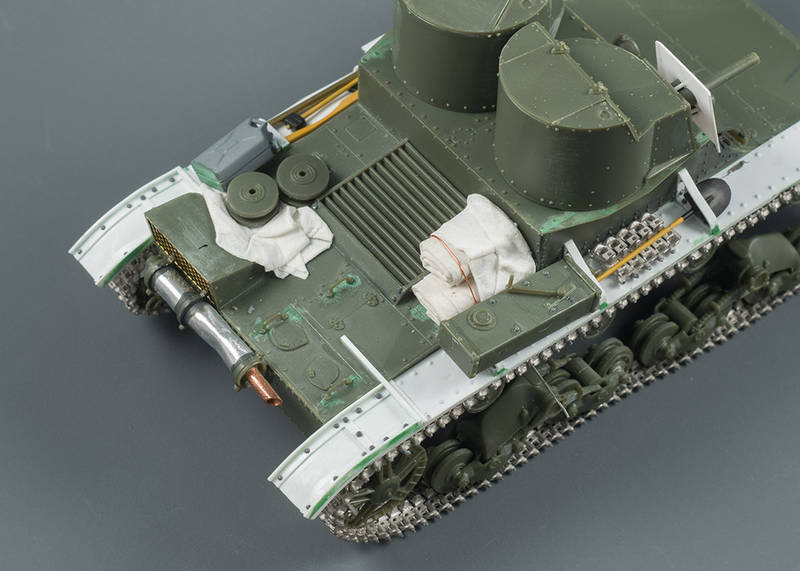
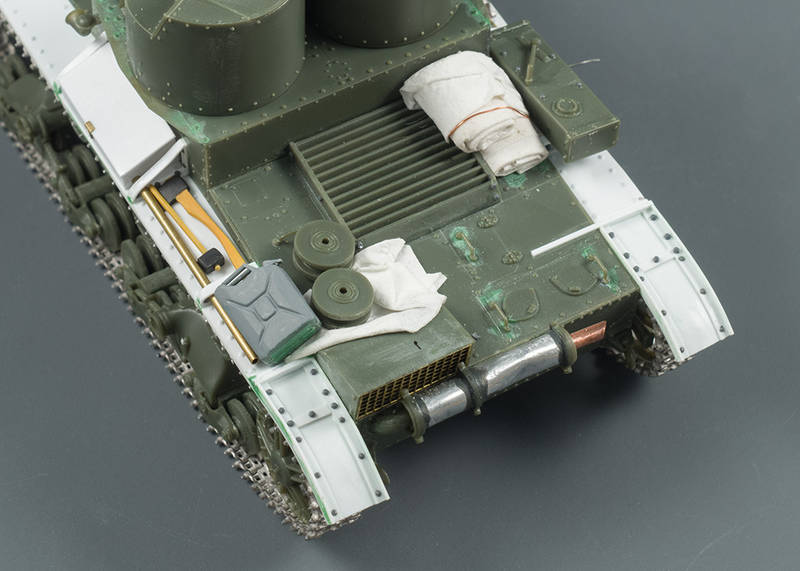
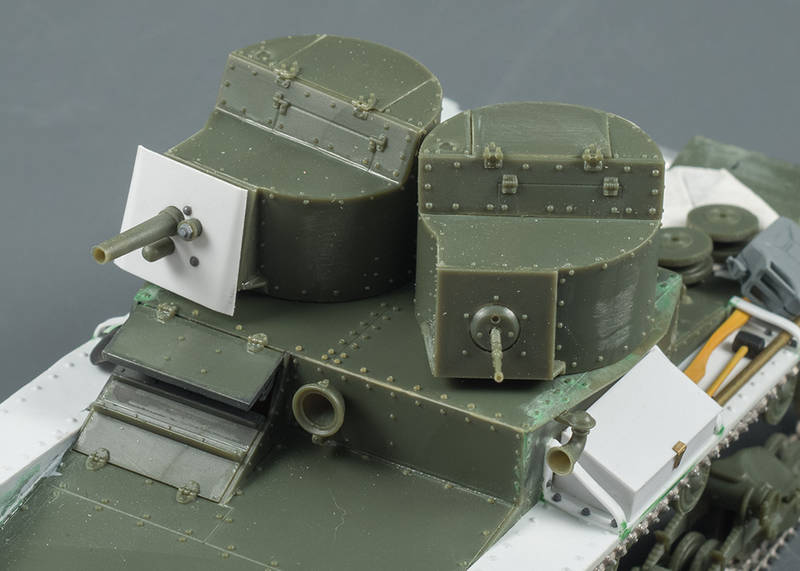
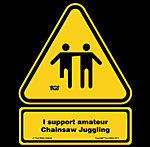














that's a nice looking T-26 Paul
I'm working on a hobbyboss T-26 too,
almost ready to be painted and notice something that really bothers me.
The front hatch (where the driver is located) doesn't seems to have a view optics (not even a hole ). Is this normal for T-26? I'm not a military expert or a bolt counter, but if this is a error then it can really bothers me.
Hope someone here knows the answer.
Victor







Isn't that a little bit too dangerous ?

I would think so, but then the Russians always did have interesting designs. I had a look at the Tank Power book, and that feature might just be a carry over from the Vickers, copied by the Russians and obviously deemed unsatisfactory because later models show a slit for the driver, presumably with armoured glass as well.
Kimmo



Quoted Text
I would think so, but then the Russians always did have interesting designs. I had a look at the Tank Power book, and that feature might just be a carry over from the Vickers, copied by the Russians and obviously deemed unsatisfactory because later models show a slit for the driver, presumably with armoured glass as well.
Kimmo
I guess it could work out that way.
(Bad luck for the driver who tried on the old hatch)
Thanks Kimmo.
Will follow this thread for Paul to finish his T-26.










 And likewise about the driver's slit...
And likewise about the driver's slit...



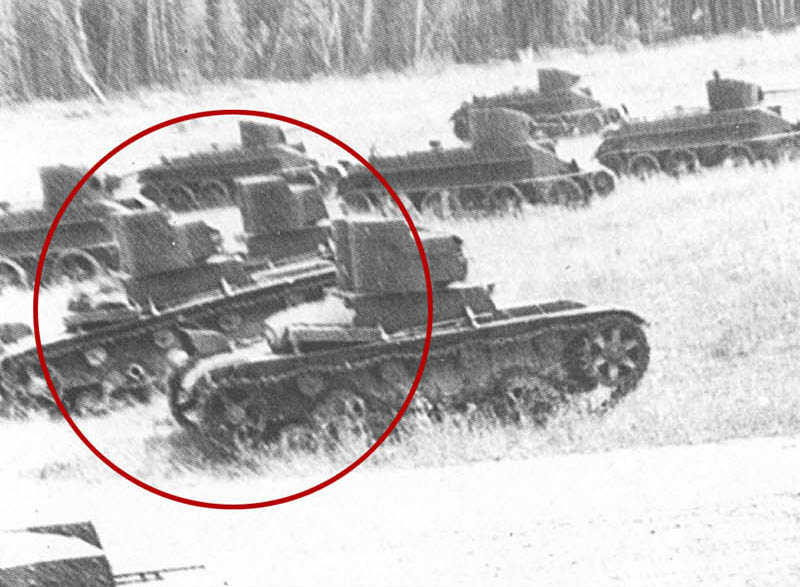
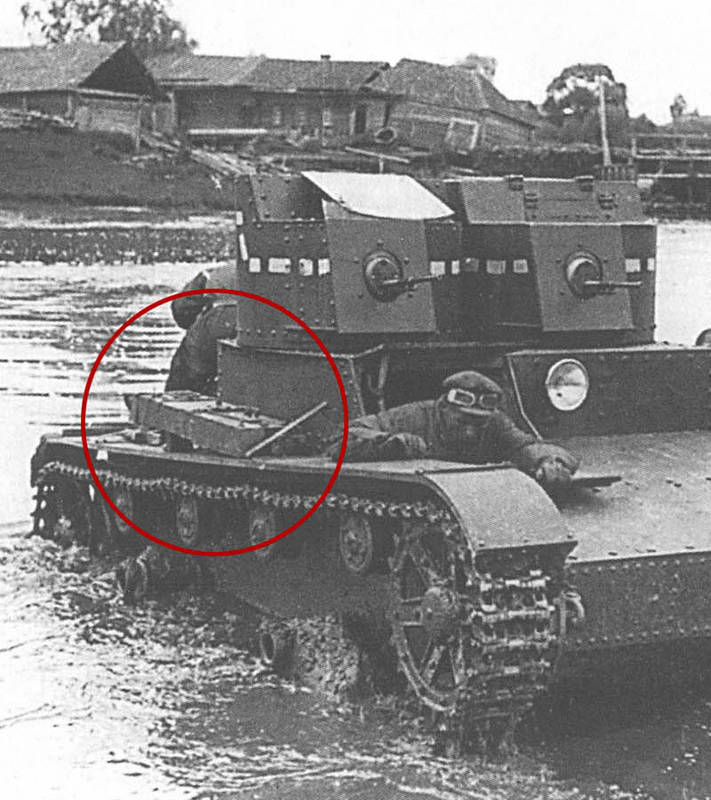
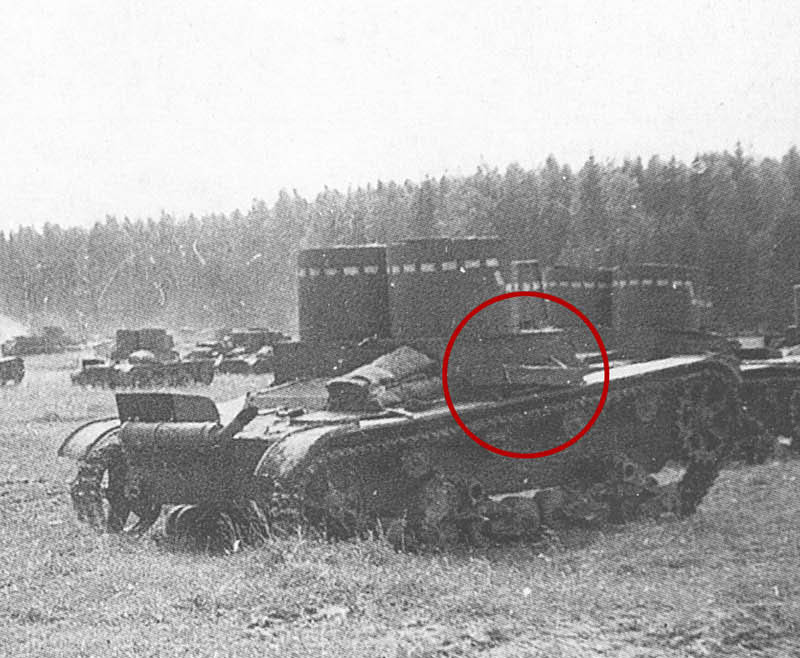






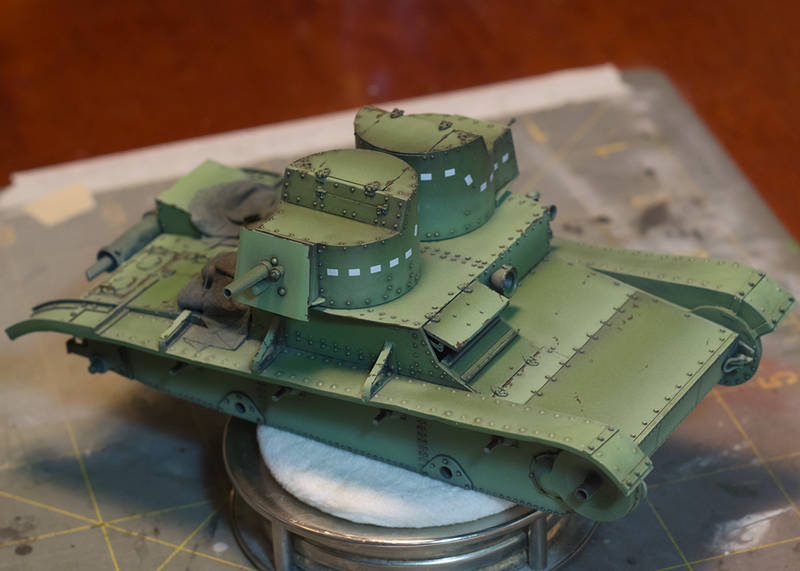
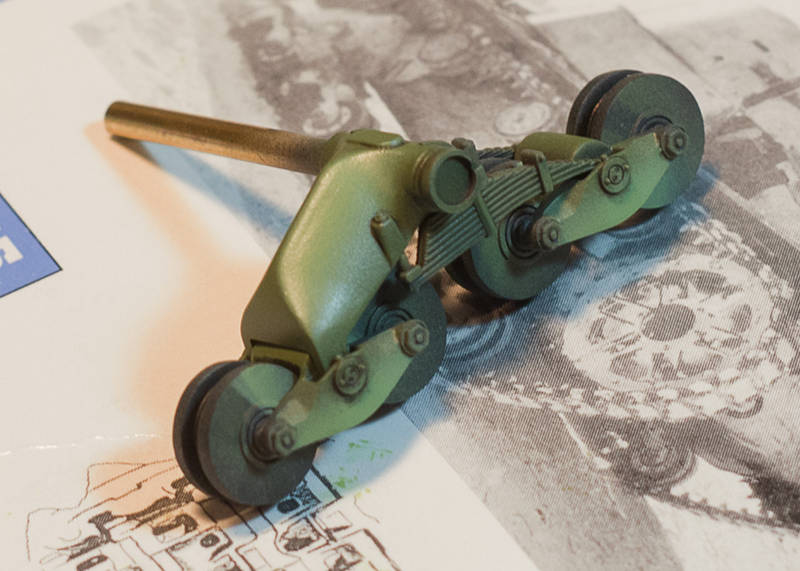
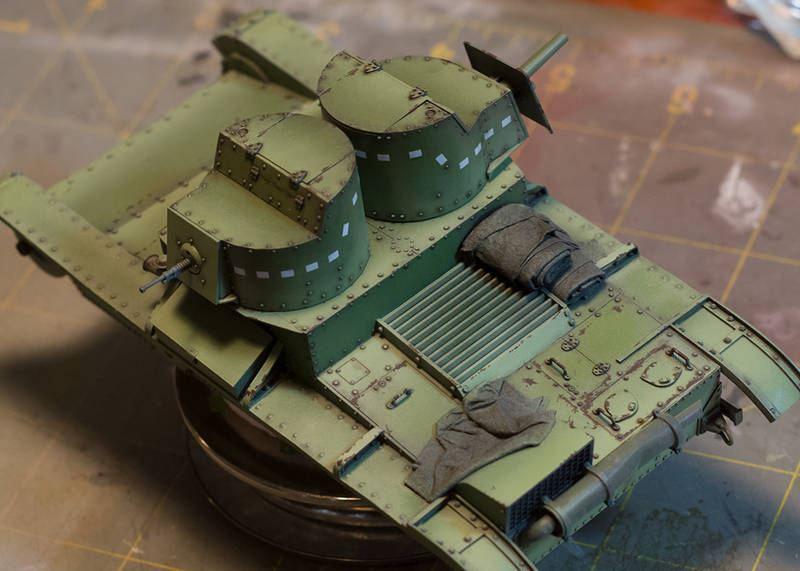








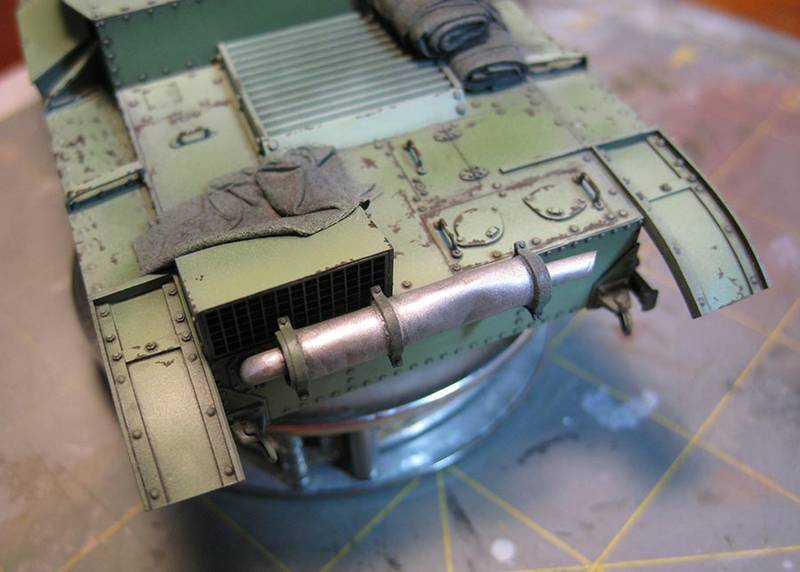
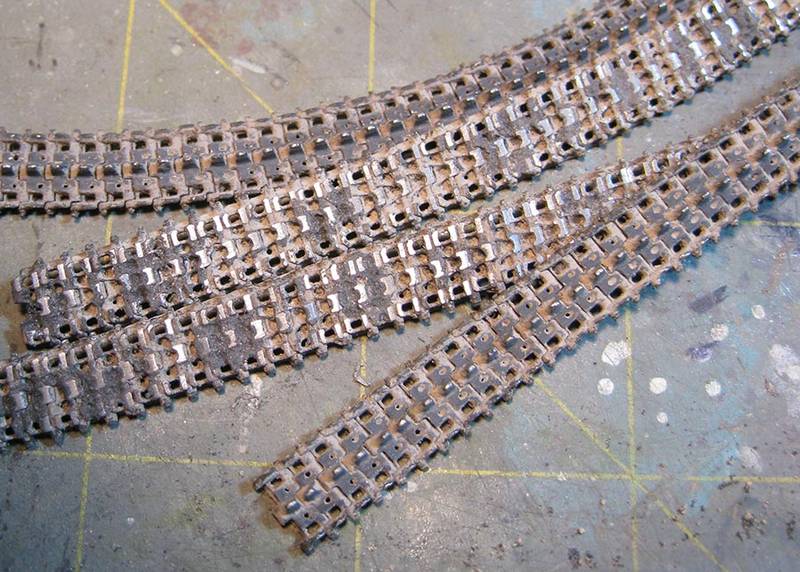
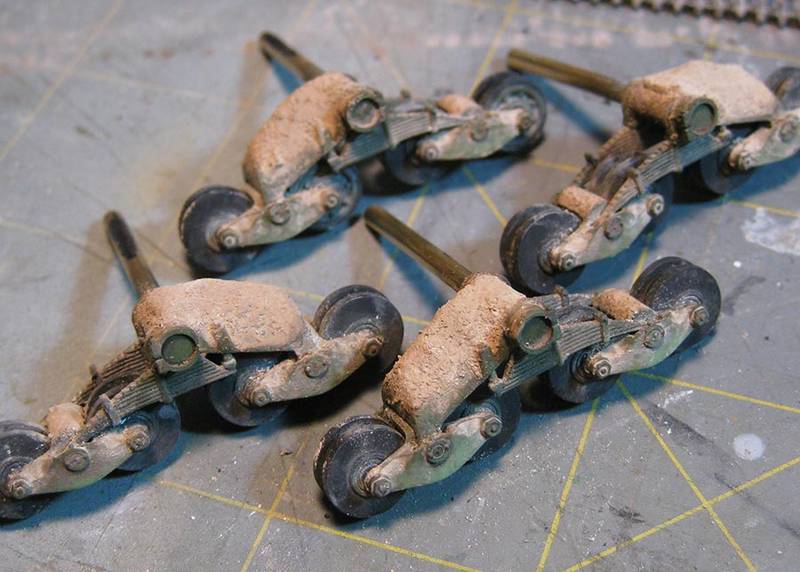







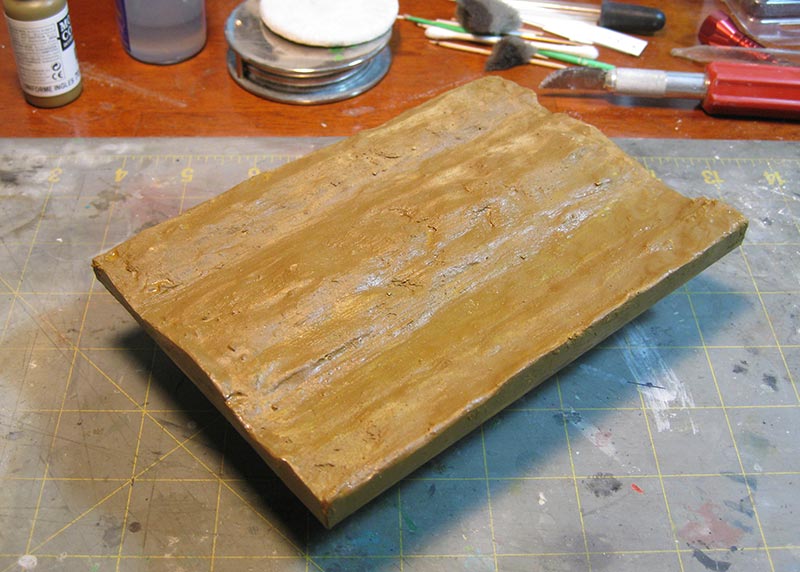

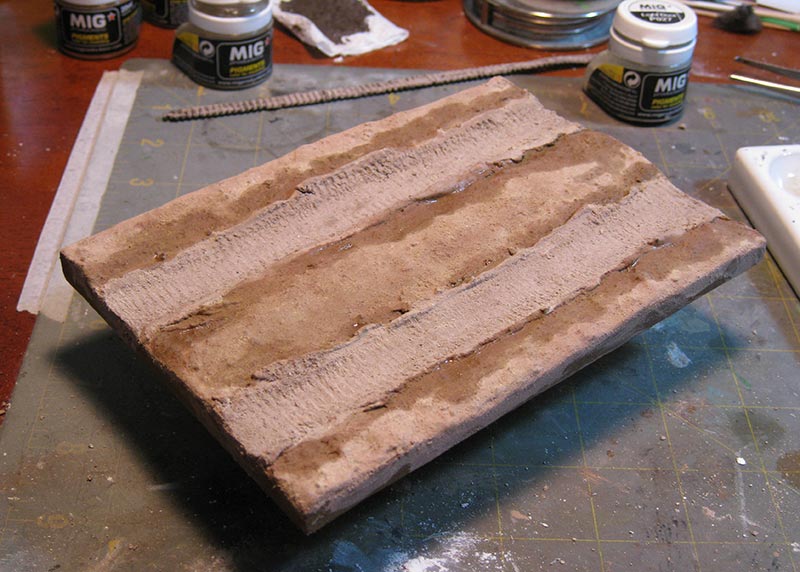

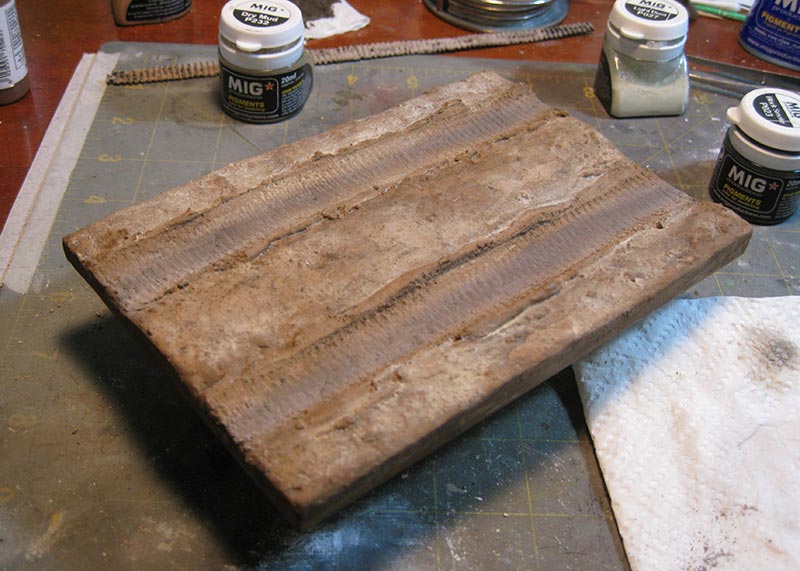
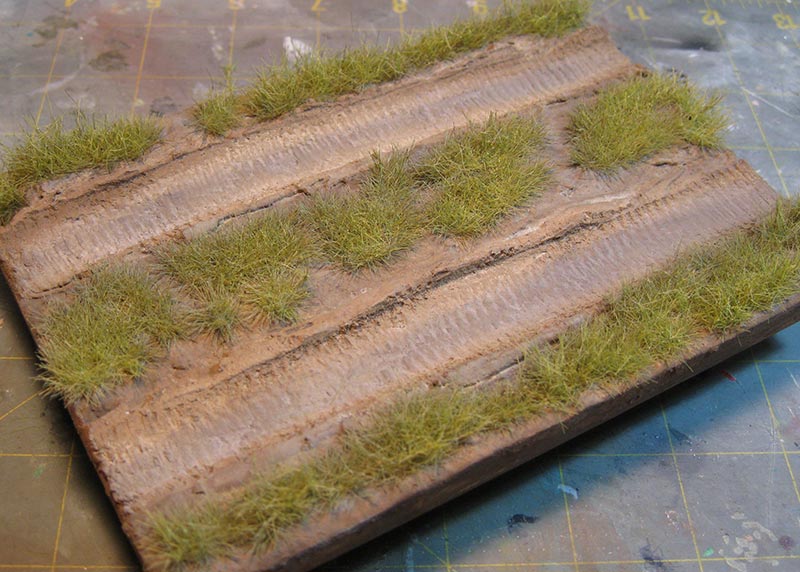
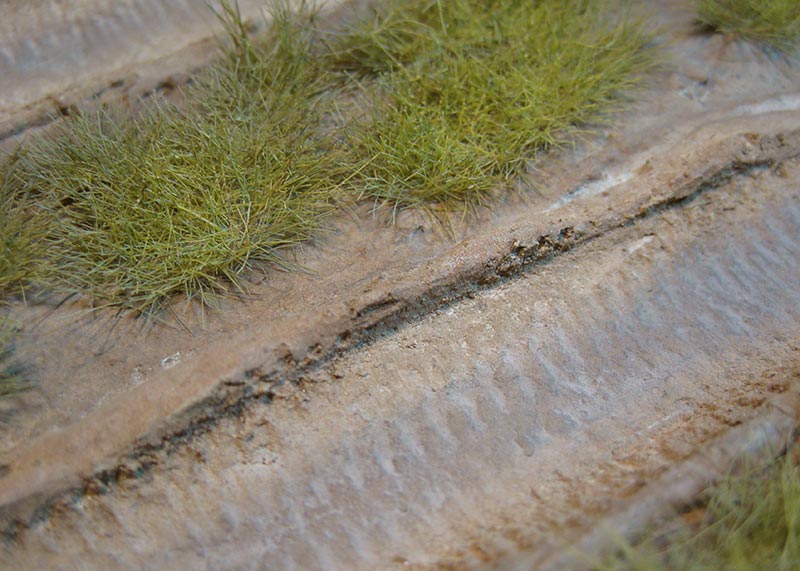



 |